In a groundbreaking discovery that has captivated paleontologists worldwide, scientists have uncovered the fossilized remains of a colossal prehistoric crocodile, estimated to have once measured a staggering 50 feet in length. This extraordinary finding opens a new chapter in our understanding of ancient ecosystems and the formidable reptiles that dominated them.
The Land of Giants: Prehistoric Reptiles
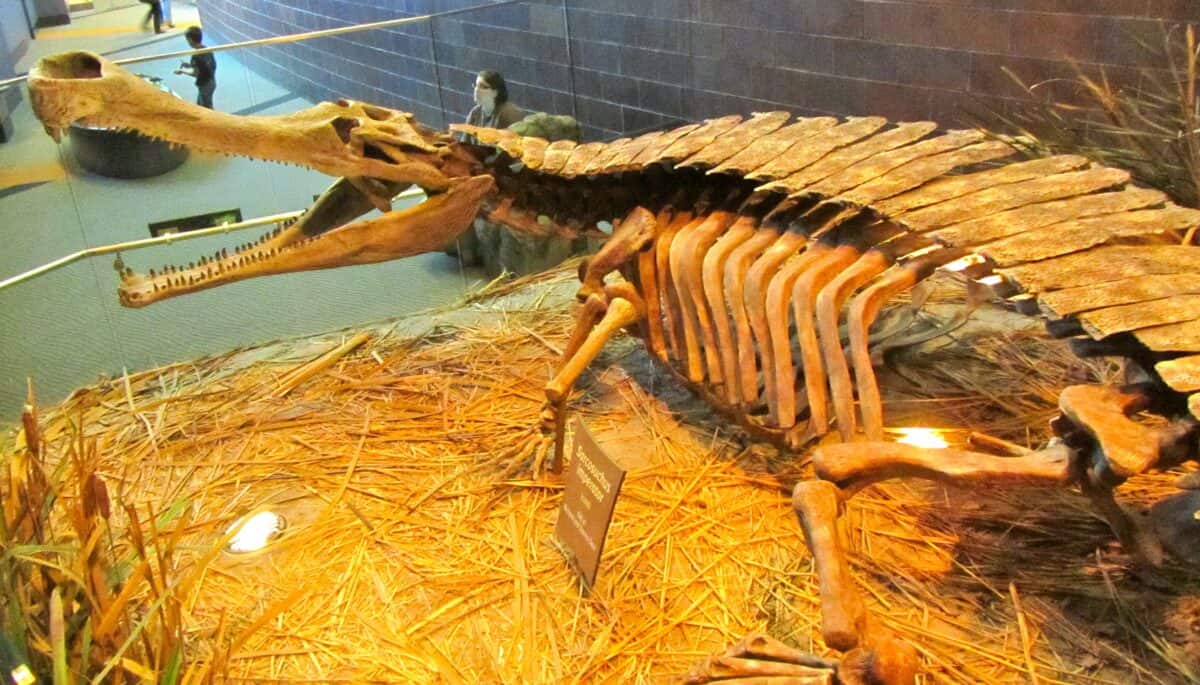
Millions of years ago, the Earth was home to gigantic reptiles that roamed both land and water. Among these ancient creatures, prehistoric crocodiles were particularly fearsome predators, ruling the waterways with unrivaled ferocity. Fossils of these creatures provide important insights into their size, behavior, and ecological role.
The Discovery: A Team Effort
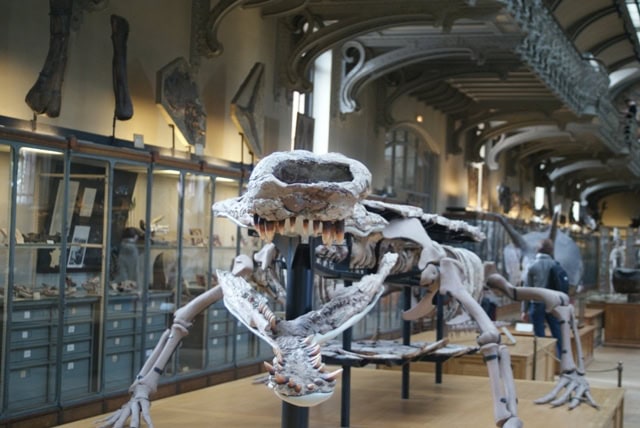
The discovery of the 50-foot prehistoric crocodile fossil is the result of years of meticulous excavation by an international team of scientists. Unearthed from a remote site rich in prehistoric remnants, the fossil was carefully extracted and analyzed to reveal stunning details about its anatomy and potential lifestyle.
Unveiling the Giant: Size and Scale
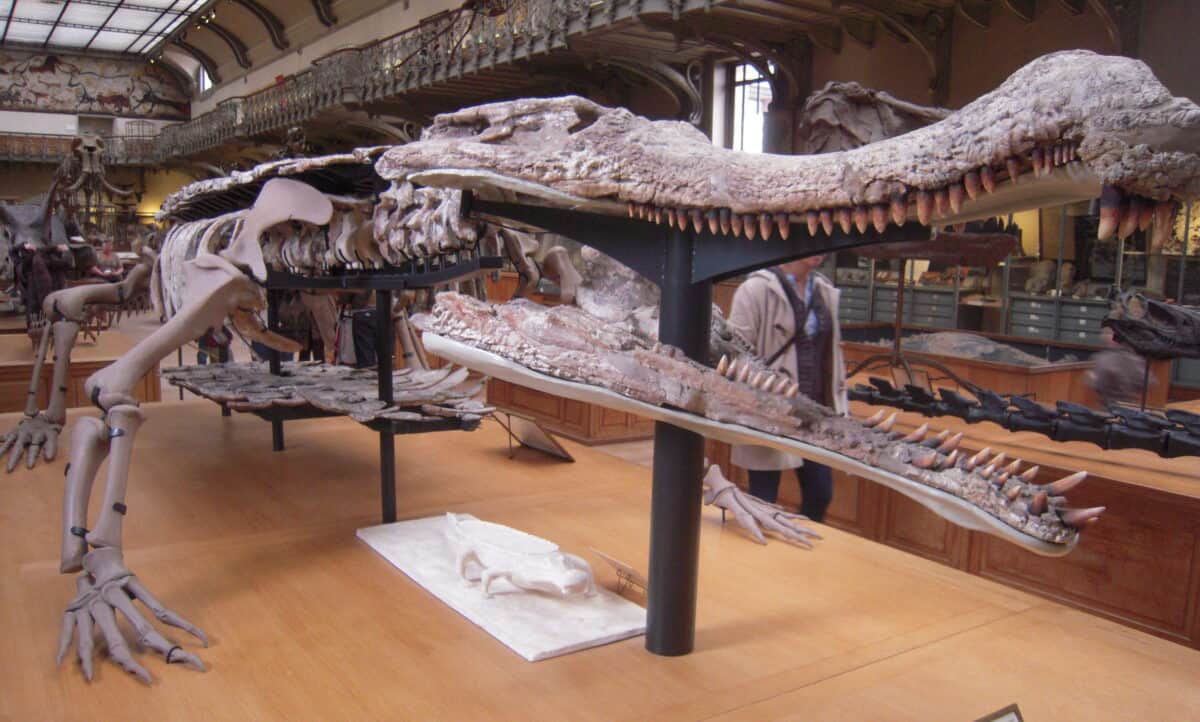
The fossilized remains indicate a creature of monumental proportions. With an estimated length of 50 feet, this ancient crocodile would have been one of the largest predators of its time, capable of taking on sizable prey with ease. Its size challenges previous assumptions about the maximum growth potential of crocodilian species.
Anatomical Insights: Understanding the Monster
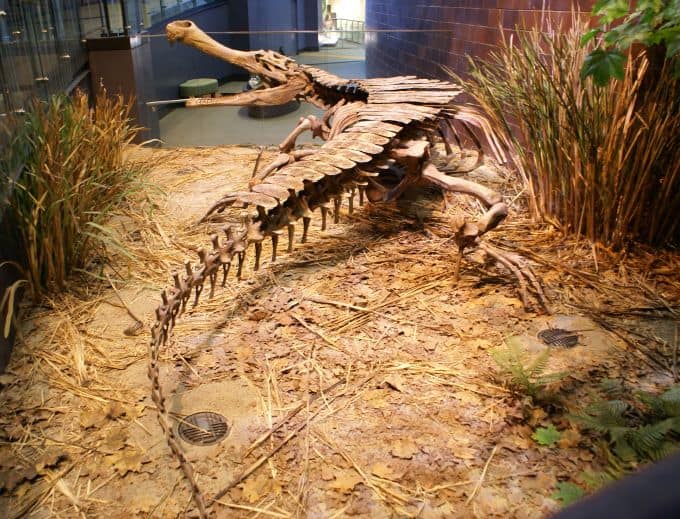
Analyses of the fossil have provided critical information on the anatomical features of this prehistoric giant. The creature’s robust jawline, equipped with large, serrated teeth, suggests it was a powerful predator. Its formidable jaw strength would have allowed it to capture and consume a variety of prey, possibly including early dinosaurs.
Life in the Water: Habitat and Environment
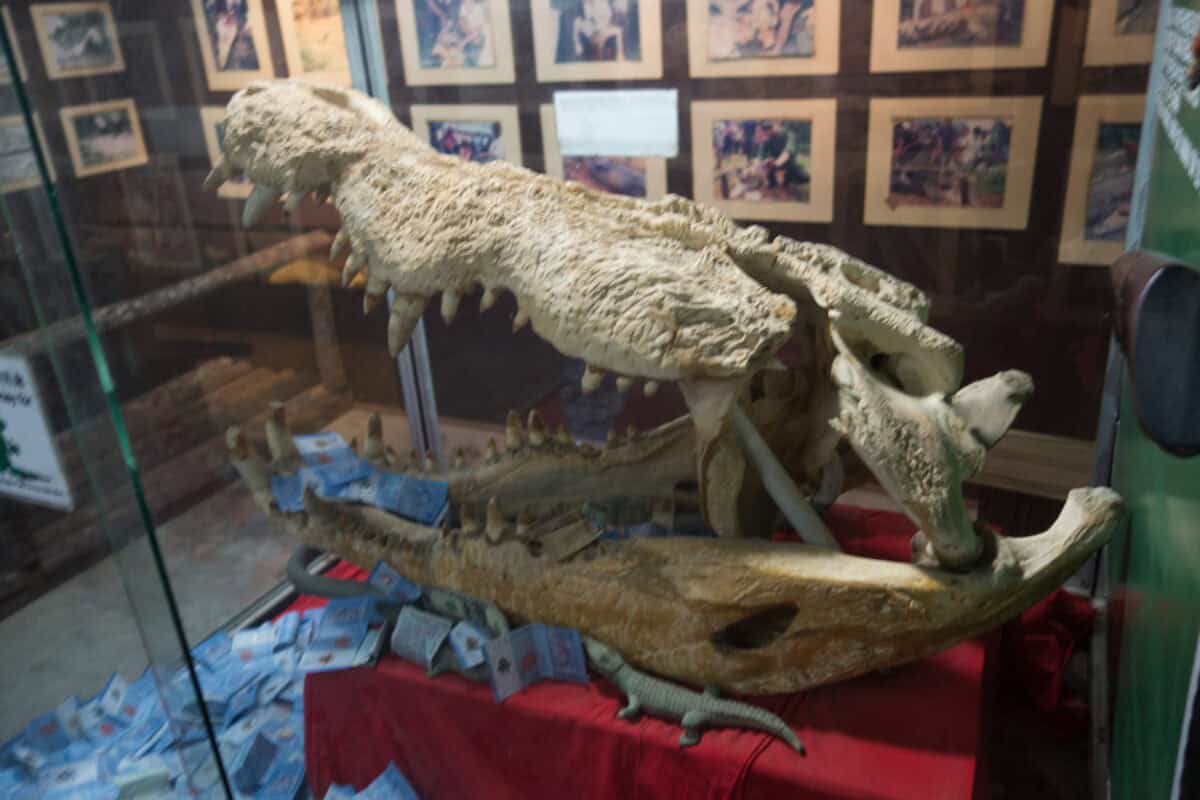
This prehistoric crocodile likely inhabited prehistoric river systems, estuaries, and coastal environments. The sedimentary context of the fossil site suggests it thrived in lush, aquatic ecosystems, sharing its habitat with diverse flora and fauna. Its powerful tail would have made it an excellent swimmer, adept at ambushing prey from the water.
The Predator’s Prey: Diet and Hunting Techniques

With its massive size and formidable bite, this ancient crocodile likely sat at the top of the food chain. It may have hunted large fish, other aquatic reptiles, and perhaps even small dinosaurs. Evidence of wear patterns on its teeth suggests an ability to crush bone, further expanding its dietary potential.
Evolutionary Marvels: Crocodiles Then and Now
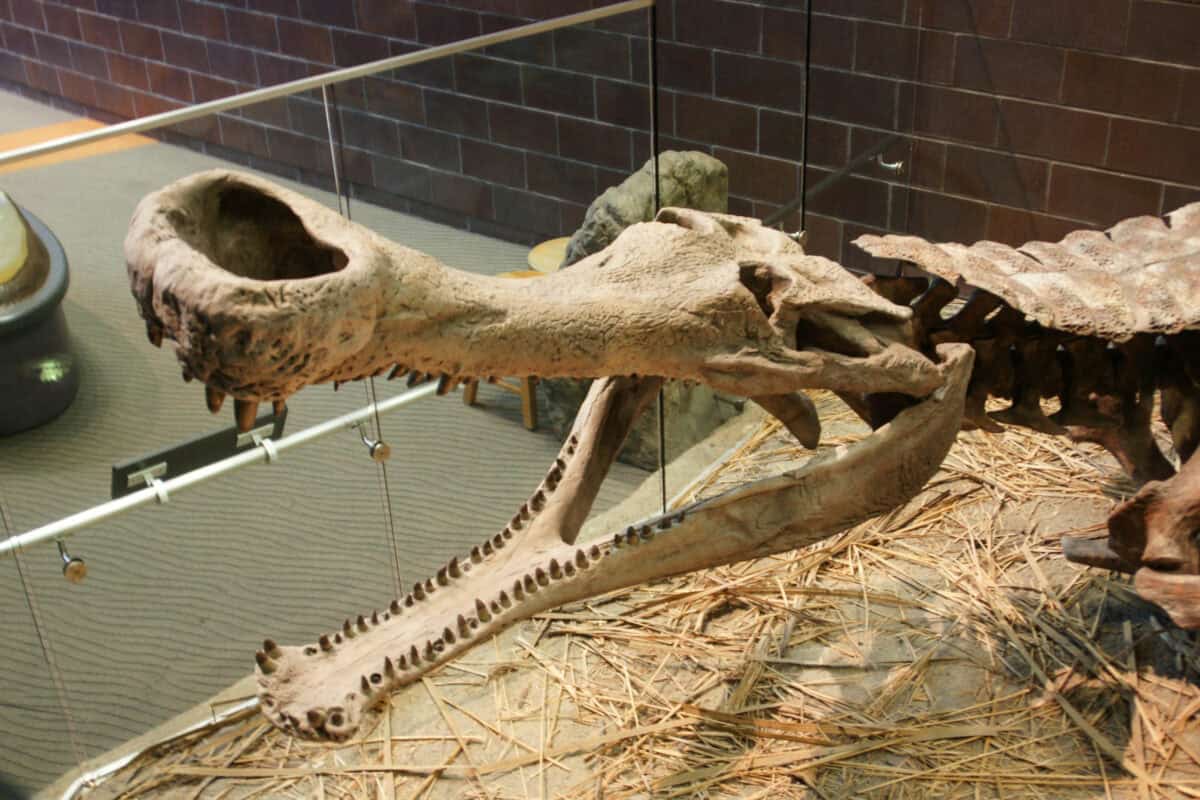
Crocodiles are often referred to as ‘living fossils’ due to their minimal evolutionary changes over millions of years. This discovery highlights the adaptability and resilience of the crocodilian lineage, tracing back to a time when these reptiles were among the dominant predators of their ecosystems.
Challenges and Mysteries: Unsolved Questions
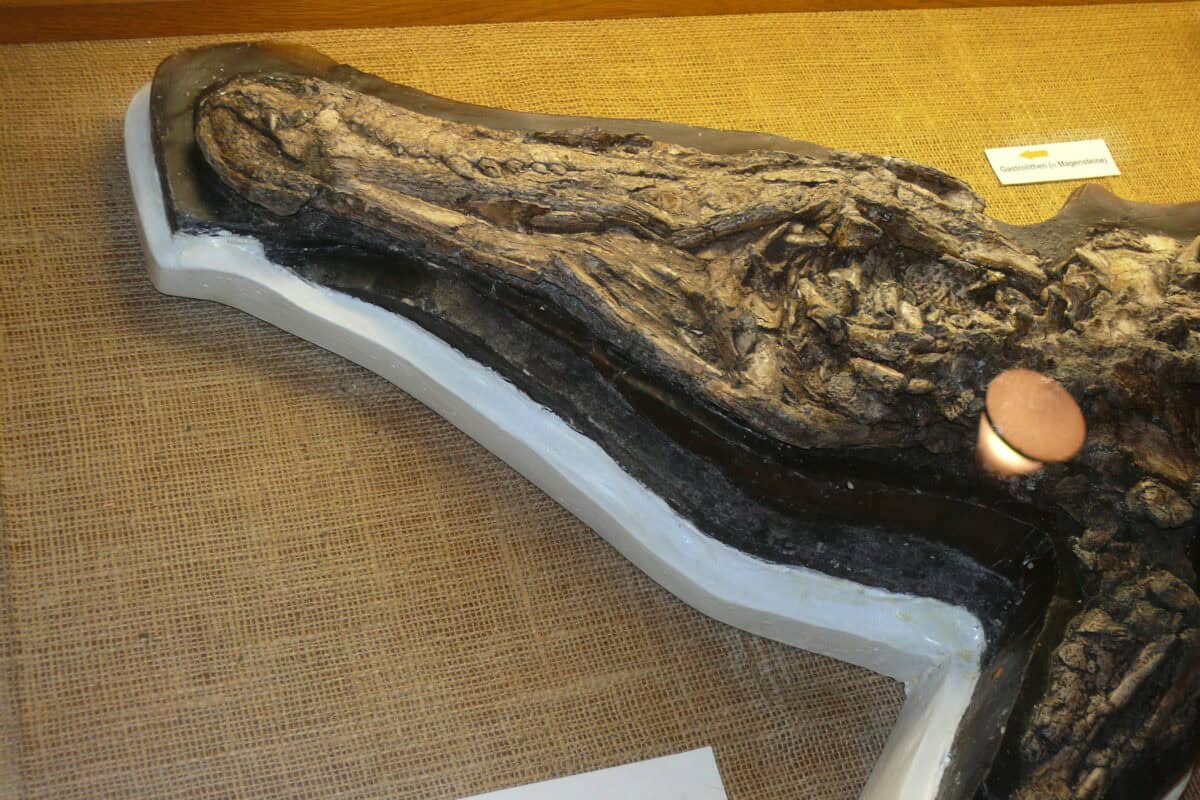
While the fossil provides remarkable insights, it also raises intriguing questions. How did these giants coexist with other prehistoric predators? What factors led to their eventual extinction? The answers to these questions remain elusive, challenging scientists to piece together a more complete picture of prehistoric life.
The Importance of Fossil Discoveries

Fossil discoveries such as this not only enhance our understanding of ancient life on Earth but also provide valuable information about evolutionary processes. Each finding adds to the collective knowledge of how species have adapted and survived through periods of climatic and environmental change.
The Role of Technology in Paleontology
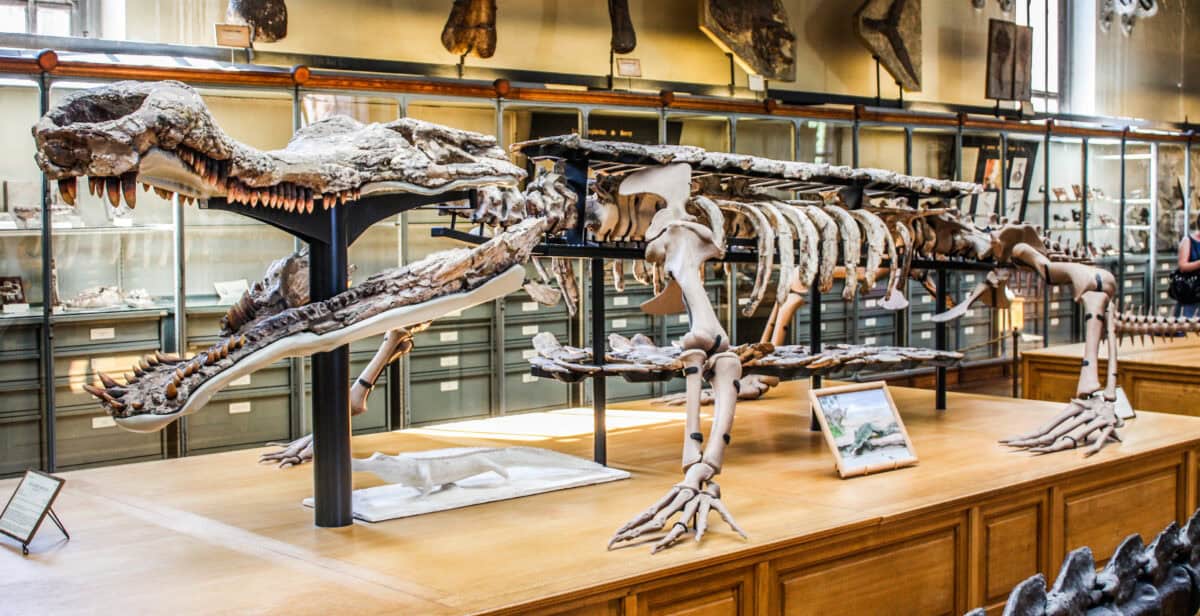
Advanced technology has played a crucial role in the study of fossils, allowing scientists to conduct detailed analyses without damaging the specimens. Tools such as 3D imaging and computed tomography (CT) scanning have revolutionized how paleontologists interpret and understand ancient remains.
The Future of Prehistoric Research
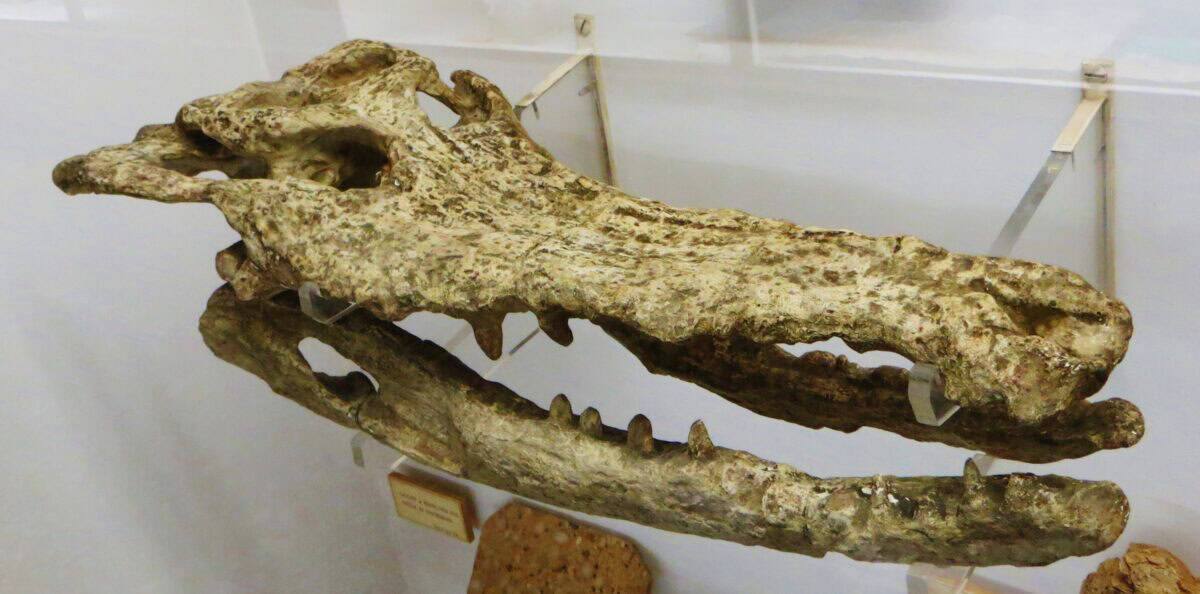
The discovery of this gigantic prehistoric crocodile serves as an inspiration for future research and exploration. As new techniques develop and more fossils are unearthed, scientists are poised to uncover further secrets of the prehistoric world, expanding our knowledge and appreciation of the Earth’s rich and diverse history.
Conclusion: A Glimpse into a Distant Past

The fossil of a 50-foot prehistoric crocodile offers a tantalizing glimpse into a world where reptiles reigned supreme. This discovery not only strengthens our understanding of these ancient giants but also reminds us of the ever-evolving narrative of life on Earth. As we continue to uncover remnants of the past, each fossil tells a story, contributing to the fascinating tapestry of our planet’s evolutionary history.
- This Tiny Bird’s Migration Covers the Entire Western Hemisphere - August 21, 2025
- The Most Infested Swamp in America—And the Creatures That Call It Home - August 21, 2025
- Do Cats Know Their Names? Science Says Yes - August 21, 2025
